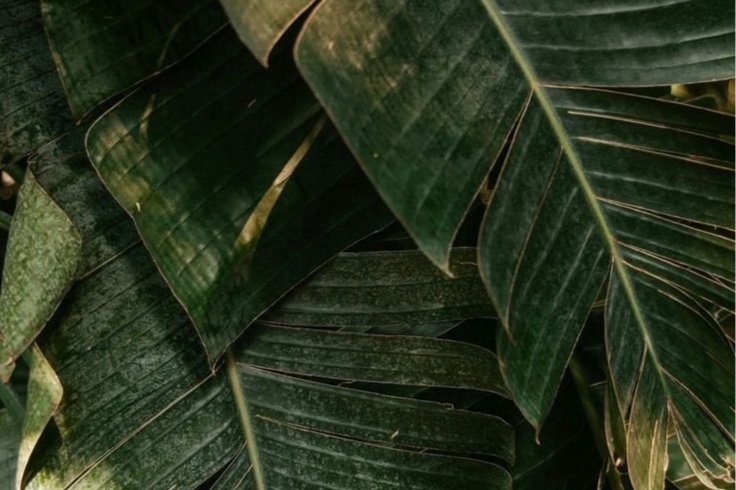
Aesthetics & Psychology behind Facades + Interiors + Landscapes
Specialization’s
-

Facades
Embracing vernacular principles, façade design draws upon local traditions, allowing each structure to resonate with its surroundings.
-

interiors
The psychology of interior design delves deep into how space influences our thoughts and feelings.
-

landscapes
Thoughtfully designed landscapes utilize indigenous planting materials, creating ecosystems that thrive in harmony with the local climate.

Experiential design practices emphasize creating meaningful interactions between individuals and spaces, leveraging psychology to enhance user experiences. In architecture, the facade serves as a critical element, not just as an outer shell but as a medium that conveys identity and context. The materials finishes can influence perceptions of aesthetic appeal, interest and character of the space, impacting how occupants and passersby feel and engage with the building.
Landscape integration is essential for creating harmonious connections between the built environment and natural surrounding. Thoughtfully designed landscaped spaces can foster social interactions, provide tranquility, and enhance the overall experience of the architectural experience.
The synergy between facade, landscape, and interior elements cultivates an enriched environment that not only meets functional needs but also resonates emotionally with its users, fostering a sense of place and belonging. This holistic approach to design underscores the importance of considering psychological impacts, enhancing the overall experience of space.